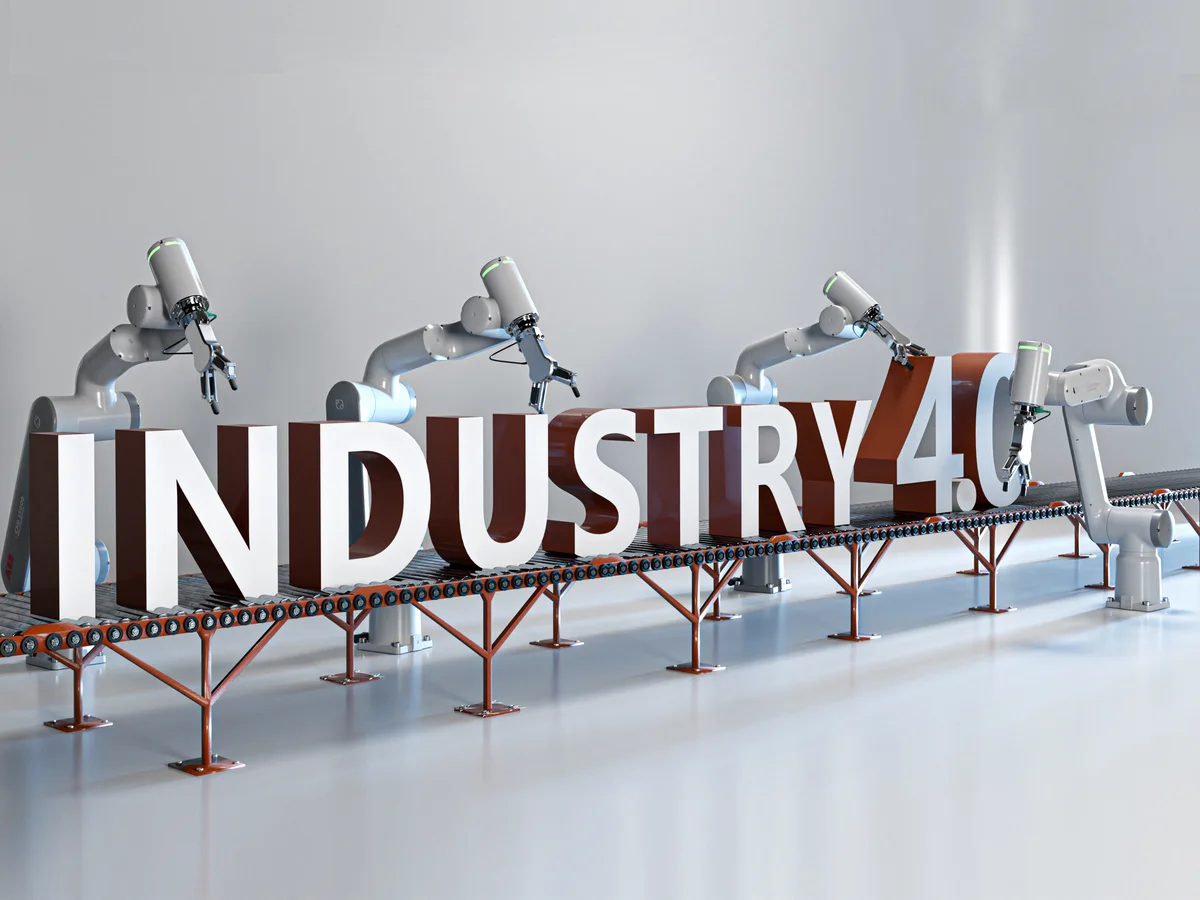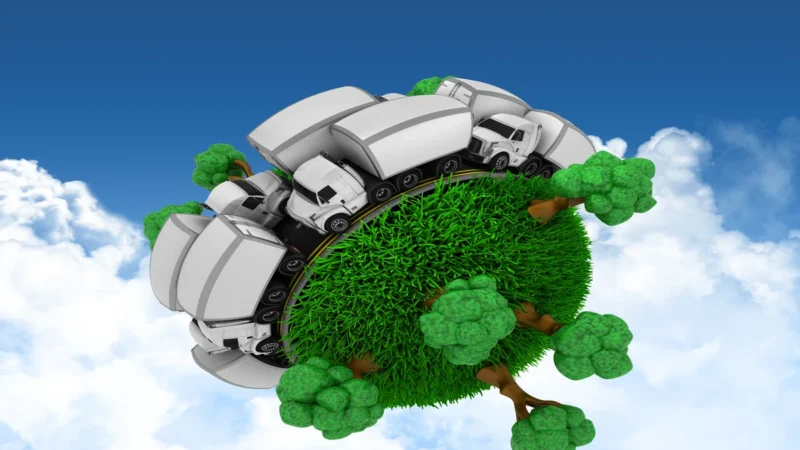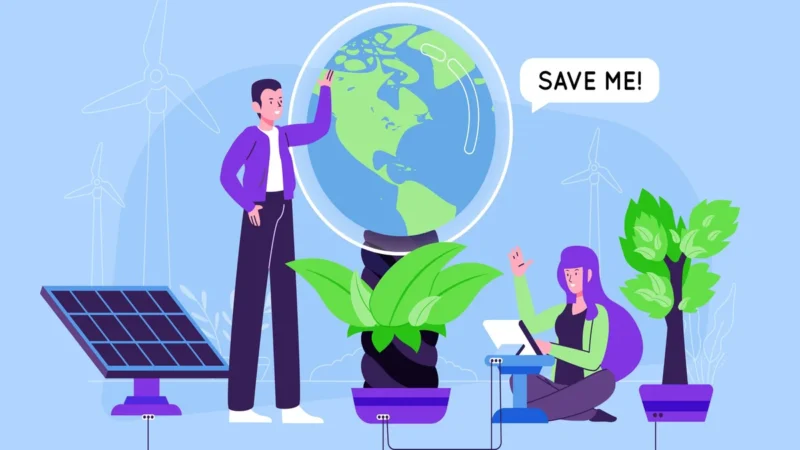Industrial Revolution on Textile & Transportation: Transforming the World with Innovation & Progress

The Industrial Revolution was a period of great change and advancements in the late 18th and early 19th centuries. It transformed how things were made, improved farming, mining, and transportation, and had a profound impact on society, the economy, and technology. In this article, we will explore the key aspects of the Industrial Revolution and how it shaped the world we live in today.
Importance of Textile Industry and Factories:
The textile industry played a big role during the Industrial Revolution. Innovations transformed how fabrics were made:
- Machines for spinning and weaving: These made cloth production faster and more efficient.
- The rise of factories: Large-scale production took place in these buildings.
- Impact on trade and cities: Textile manufacturing boosted trade and led to the growth of cities.
How Transportation & Communication Changed:
The Industrial Revolution transformed transportation and communication, making the world more connected:
- Canals and railways: They were built, allowing goods and people to travel faster and cheaper.
- Steam locomotives: Invented by George Stephenson, these trains ran on steam power.
- Telegraph systems: Long-distance communication became easier with the introduction of telegraphs.
Social and Economic Transformations:
The Industrial Revolution brought significant changes to society and the economy
- Urbanization: Many people moved from rural areas to cities in search of jobs.
- New social classes: Industrial capitalists and the working class emerged.
- Labor rights and unions: Poor working conditions led to the rise of labor unions and demands for better rights.
Technological Advances:
The Industrial Revolution was marked by remarkable technological advancements
- Iron and steel production techniques: These innovations revolutionized construction and manufacturing.
- Electricity: The discovery and use of electricity led to inventions like electric lights and motors.
- Inventions and innovation: Many new inventions were created during this time, encouraging progress and scientific advancements.
Key Takeaways:
The Industrial Revolution was a time of great transformation that shaped our society, economy, and technology. Its impact is still felt today, as it laid the groundwork for modern industrialized societies and inspired further technological progress. By embracing innovation and using machinery, the Industrial Revolution ushered in a new era of productivity and prosperity. Its influence can be seen in the interconnected and globalized world we live in today.
FAQs about Industrial Revolution
Q: What was the Industrial Revolution?
The Industrial Revolution refers to the period of rapid industrialization and technological advancements that occurred in the late 18th and 19th centuries, transforming the way goods were produced and altering various aspects of society and the economy.
Q: What were the main causes of the Industrial Revolution?
The Industrial Revolution was driven by several factors, including the Agricultural Revolution, which increased agricultural productivity, and the development of new machinery, such as the steam engine and textile machinery. These innovations paved the way for mass production and factory-based manufacturing.
Q: How did the Industrial Revolution impact society?
The Industrial Revolution had a profound impact on society. It led to urbanization as people migrated from rural areas to cities in search of employment. It also brought significant changes in social structure, with the emergence of new social classes and labor movements advocating for workers’ rights.
Q: What were the major inventions and technological advancements during the Industrial Revolution?
Some key inventions and technological advancements during this period include the steam engine, spinning jenny, power loom, steam locomotive, telegraph, and the discovery and harnessing of electricity. These innovations revolutionized transportation, communication, and manufacturing processes.
Q: What were the effects of the Industrial Revolution on the global economy?
The Industrial Revolution spurred economic growth by increasing productivity and expanding trade networks. It led to the rise of industrial capitalism and the establishment of factories, which boosted production levels and created new job opportunities. The increased efficiency in manufacturing also contributed to the growth of global trade and the spread of imperialism.
Q: How did the Industrial Revolution impact the environment?
While the Industrial Revolution brought about numerous advancements, it also had negative environmental consequences. The burning of fossil fuels, such as coal, for energy production resulted in air pollution. Additionally, industrial activities led to deforestation and the degradation of natural resources.
Q: Did the Industrial Revolution improve living standards?
The Industrial Revolution had mixed effects on living standards. While it improved living conditions and access to goods for some, the working conditions in factories were often harsh, and workers faced long hours, low wages, and poor living conditions. Over time, labor movements and reforms helped improve working conditions and workers’ rights.
Q: How does the Industrial Revolution relate to modern industrialized societies?
The Industrial Revolution laid the foundation for modern industrialized societies. It set the stage for technological progress and innovation that continue to shape our world today. Many of the systems and structures established during this period, such as factories, mass production, and urbanization, remain integral to contemporary societies.


